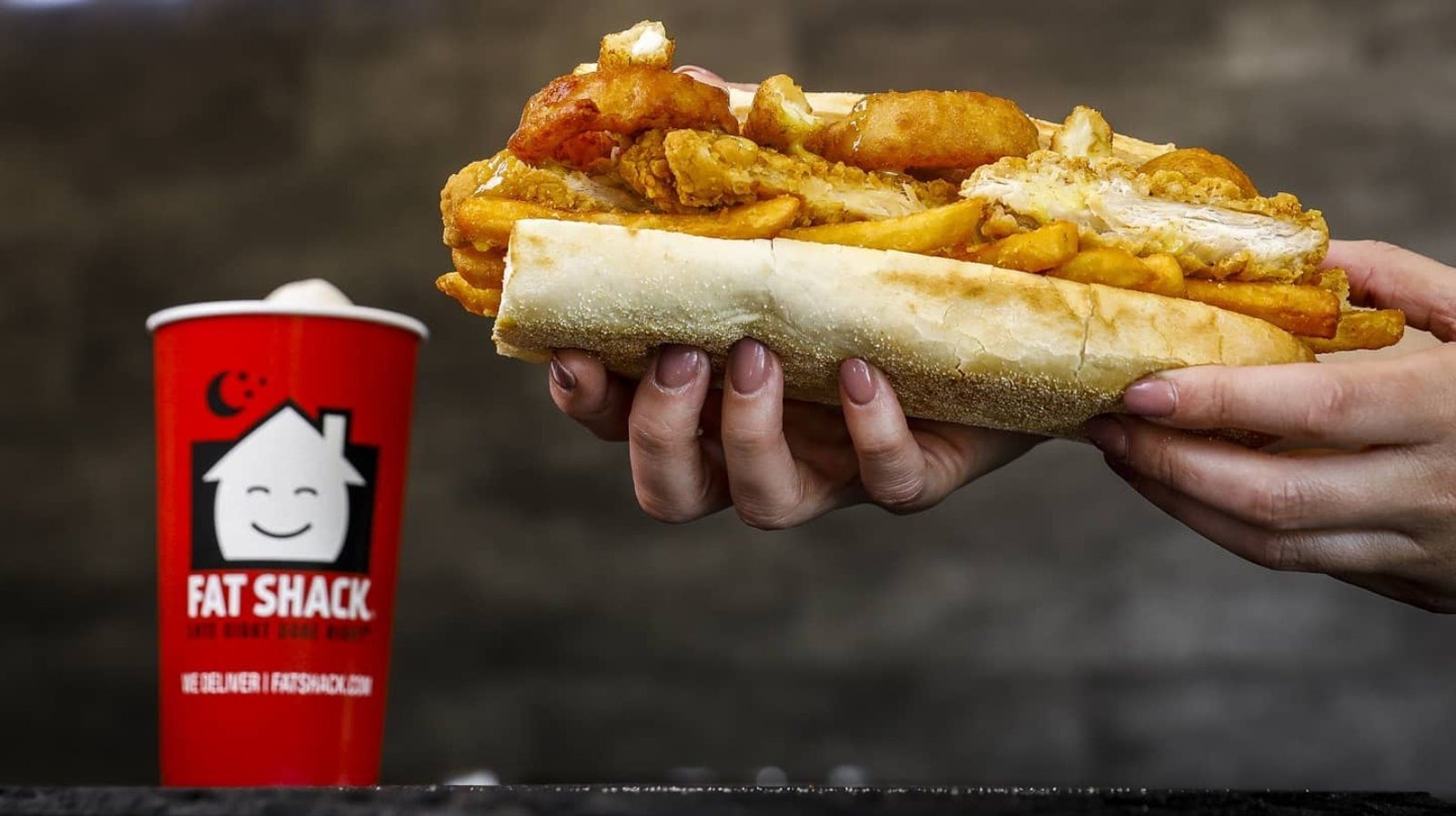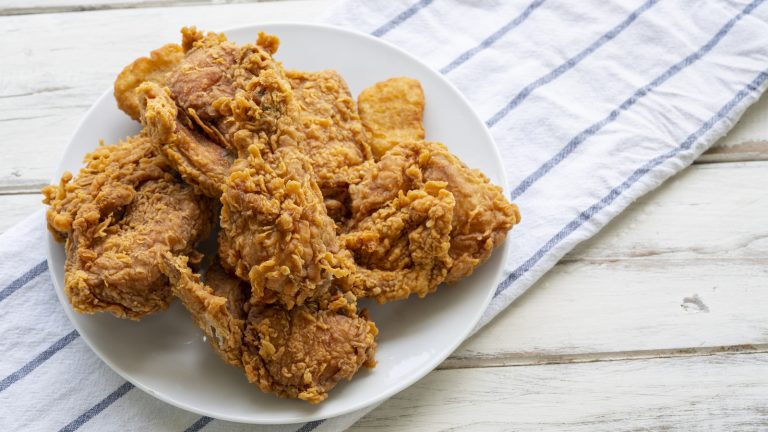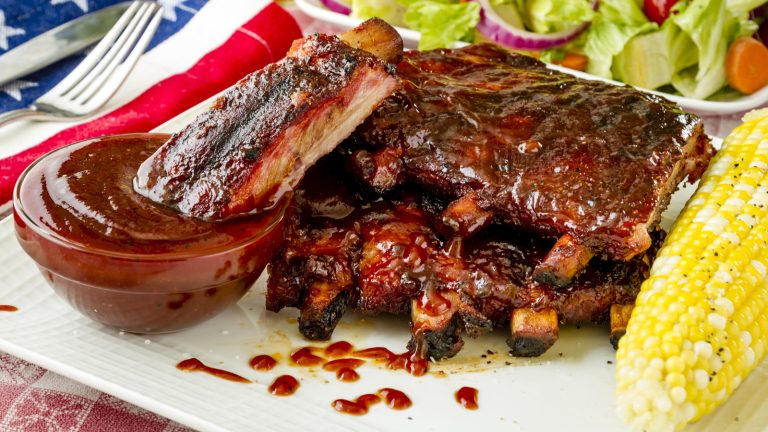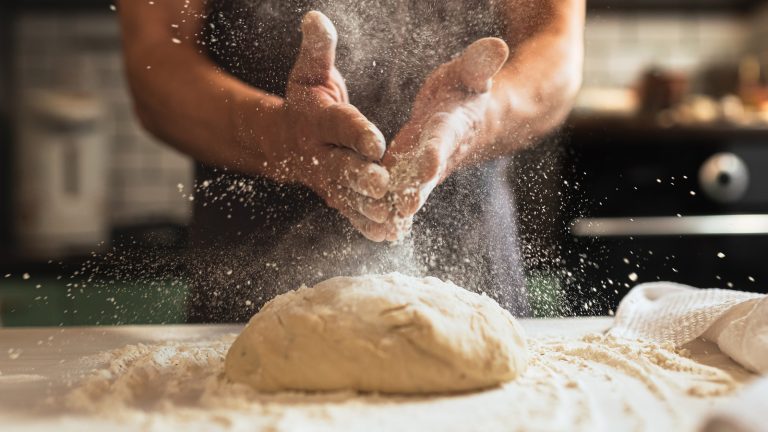College of New Jersey graduate Tom Armenti had never worked a job before he opened a restaurant inside a local bagel shop in 2010. When the bagel business closed up at 3 p.m. each day, Armenti took over the store and ran a fast food spot until the wee hours of the morning. His specialty was New Jersey fat sandwiches — oversized subs stuffed with every piece of deep-fried junk food you can imagine.
These were first sold in the 1970s by “grease trucks” that fed hungry students at Rutgers University, and Armenti’s business Fat Shack — which starred on “Shark Tank” in 2019 – aimed to spread them across America, no truck required. Armenti spent only $5,000 to start his business and found modest success, but he dreamed of a new location where he didn’t have to share a store with another restaurant. One year later, he moved to Colorado to open the first official Fat Shack in Fort Collins, home of Colorado State University.
In 2013, Armenti’s good friend Kevin Gabauer joined the business, and by the time of its “Shark Tank” appearance, Fat Shack had 11 locations under its belt. On Season 10, Episode 23 of the show, the two friends sought a wad of cash fatter than their most belly-busting sub, asking for a $250,000 investment for a 7.5% stake. Sandwich slingers like Mrs. Goldfarb’s Unreal Deli had landed deals on “Shark Tank” before, but would Armenti and Gabauer enjoy the same success?
What happened to Fat Shack on Shark Tank?
Armenti and Gabauer began their pitch by showing the Sharks a plate of kale salad, then chucking it in the trash and revealing their true offerings: subs full of cheesesteak meat, chicken fingers, mozzarella sticks, and more, plus cheeseburgers and funnel cake bites. The panel laughed at the bait-and-switch, then raved about sample sandwiches from the chain. Lori Greiner balked when Armenti told her some of the subs contained 2,000 calories, but Kevin O’Leary called his sandwich “nasty nasty nasty good.”
The numbers seemed as promising as the food: Fat Shack’s stores had made over $22 million in sales, and Armenti and Gabauer predicted that their nine franchised locations alone would make $425,000 to $450,000 over the next year. O’Leary pointed out that a 7.5% stake in the business was rather low, so he offered $250,000 for a 25% stake, and Daymond John proposed the same deal. The Fat Shack duo didn’t accept right away, so Robert Herjavec modified the deal by lowering equity to 17%.
However, the two-man team kept waiting for a better idea. Greiner wound up dropping out, as she didn’t feel strongly enough to compete with her fellow investors. Meanwhile, Mark Cuban loved the business’ prospects, but hesitated to buy in, since health food brands such as the fruit spread company Wanna Date? were normally his specialty. However, when Armenti asked Cuban for $250,000 for a 15% stake, the Shark finally bit, and the Fat Shack partners left with their wallets fat and happy.
Fat Shack after Shark Tank
In the immediate wake of Fat Shack’s “Shark Tank” success, Armenti told Food Chain Magazine, “we ended up getting thousands of franchise requests and tons of publicity — everything just went crazy.” Cuban definitely didn’t cut corners when helping the duo out, as Gabauer told QSR Magazine that the Shark’s advice and business smarts are “on the next level.” Thanks to its lucky deal, the late-night munchie chain opened several new locations from 2019 to 2021, including stores in Seattle, Washington, Fort Worth, Texas, and Lawrence and Topeka in Kansas. It was also named a “Buzzworthy Brand” by Restaurant Business in 2021, and the site reported that the company saw a 26% growth in sales over three years.
In 2023, the median gross for Fat Shack franchises was an impressive $889,873, according to the restaurant’s Franchise Disclosure Document. Its menu has also expanded past fat sandwiches, burgers, and deep-fried sides, with chicken wings, deep-fried cheesecake bites, and milkshakes now available. Armenti and Gabauer credited much of their success to hiring and nurturing the right employees with a talent for hustling and what the company’s website calls a “whatever it takes” approach to business. On “Shark Tank,” the duo said they tend to promote promising employees on the inside, bringing them up from entry-level positions to franchise owners and personally funding their journeys — undoubtedly an efficient business move.
Is Fat Shack still in business?
Fat Shack’s prospects have only grown fatter, as it’s still in business with 30 locations across the U.S. as of June 2025. Its newest store opened in Melbourne, Florida, in May 2025. Despite being over a decade old, the company has adapted to the social media era and its online advertising game is strong. In addition to offering delivery via DoorDash and Grubhub, Fat Shack frequently posts about giveaways and sales promotions for events like its 15th anniversary and 4/20 (after all, the menu is a stoner’s dream).
Customer reviews and social media posts rave about Fat Shack’s deliciously caloric menu items and top-notch customer service. Fat Shack also drums up publicity through its 5K Eating Challenges, in which competitors try to finish 5,000 calories worth of food in 15 minutes. For the solo challenge, any customer over the age of 18 can try to down a Fat Shack sandwich, Double Cheeseburger, side of French Fries, 12 Mac n’ Cheese Bites, and five Deep-Fried Oreos to win a $50 gift card (or have the $50 worth of food reimbursed).
Far more exciting is the 5K Race Challenge, which starts off with initial qualifying contests at Fat Shacks across the country. Competitors who down the 5,000-calorie meal the fastest will move on to the main event round, where the ultimate quickest eater will win a $5,000 prize. The 2025 main event was live streamed on YouTube, so competitors for 2026 can see what they’re really getting into.
What’s next for Fat Shack?
Armenti and Gabauer still run Fat Shack, and their ambitions to expand the chain have stuck around since their “Shark Tank” appearance. Armenti told Food Chain Magazine that he hopes to open 50 to 60 franchises soon, but he won’t sacrifice his principles in the process. He and Gabauer remain focused on investing in the right franchisees and keeping amazing customer service at the forefront. As of the time of writing, a Fat Shack in Sioux Falls, South Dakota, is coming soon, according to the company’s location list.
Fat Shack also isn’t finished coming up with new offerings. Its latest menu addition is a line of Fat Stacks – chicken sandwiches that are smaller than the average fat ‘wich (but still plenty hefty) and sell for $5.99 each. Fat Shack has also released its own line of apparel, including baseball caps, t-shirts, hoodies, and an “I Heart Fat Doobies” shot glass. The Fat Doobie is a sandwich stuffed with chicken fingers, fries, onion rings, and mozzarella sticks, finished off with honey mustard. If that sounds delicious to you, you might want to track down your nearest Shack and stay posted for fresh items in the future.





